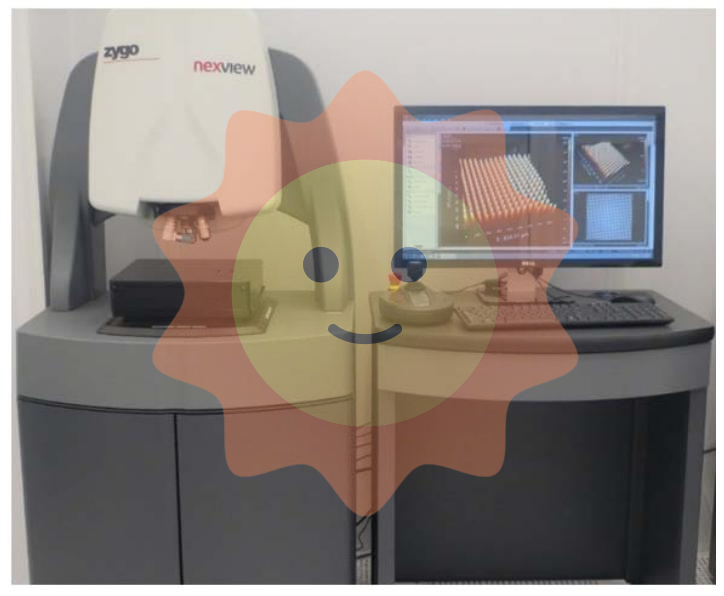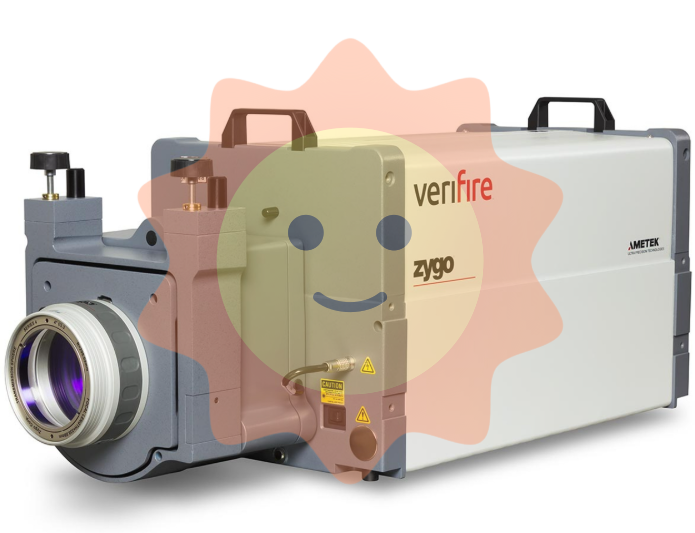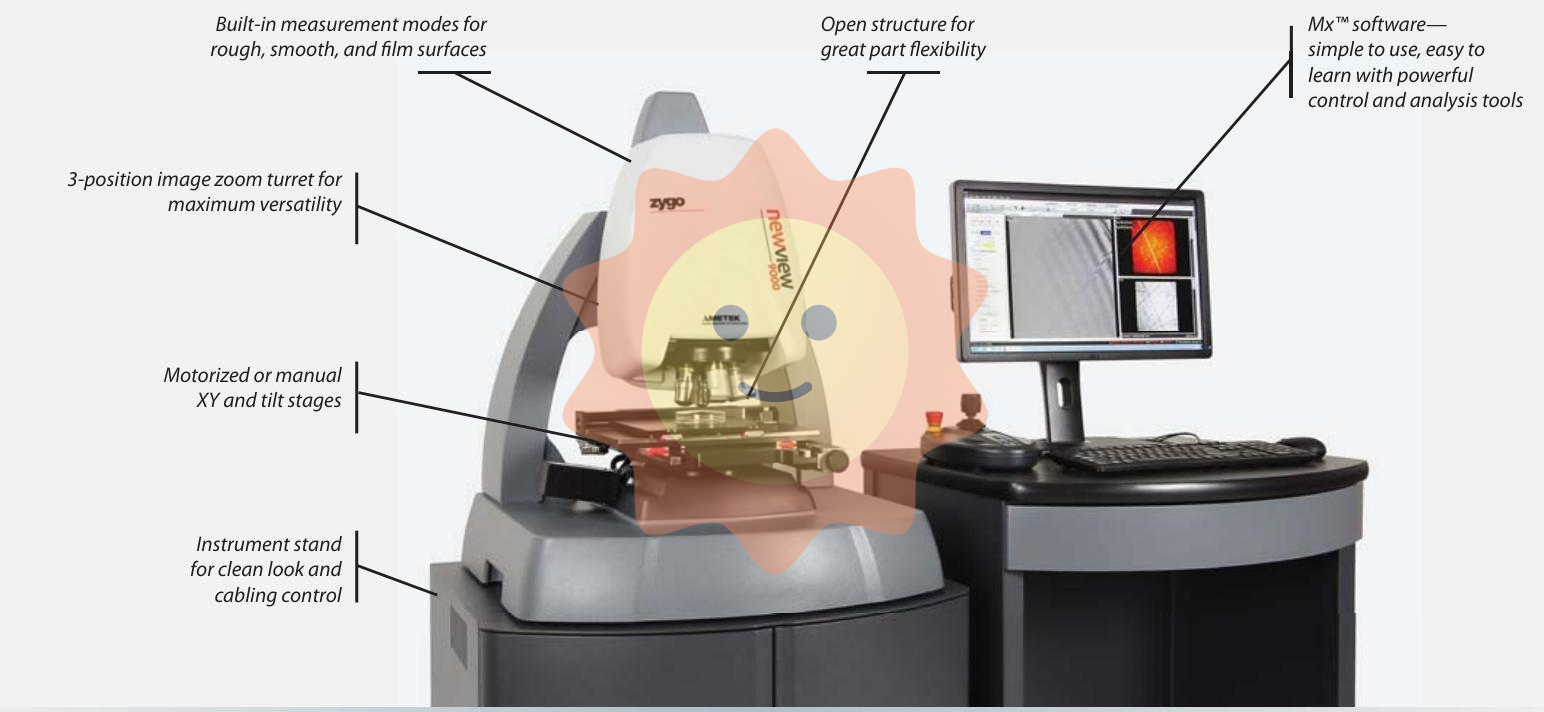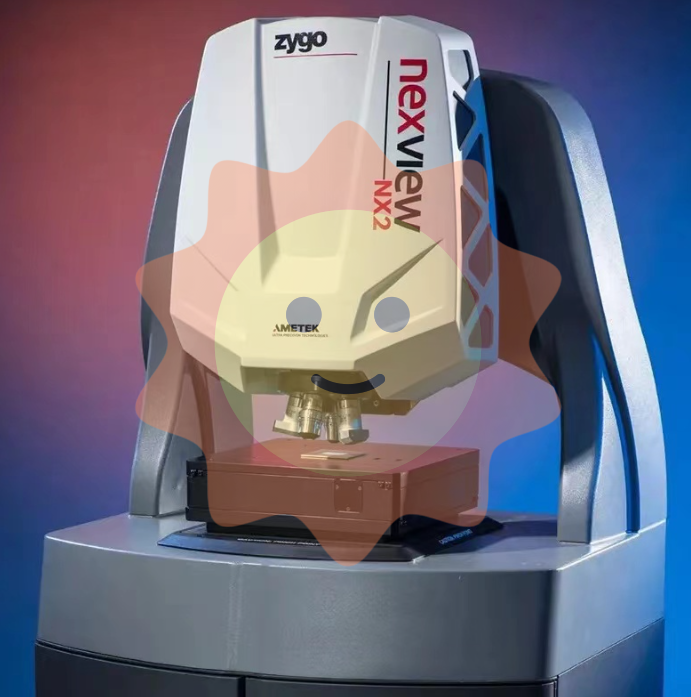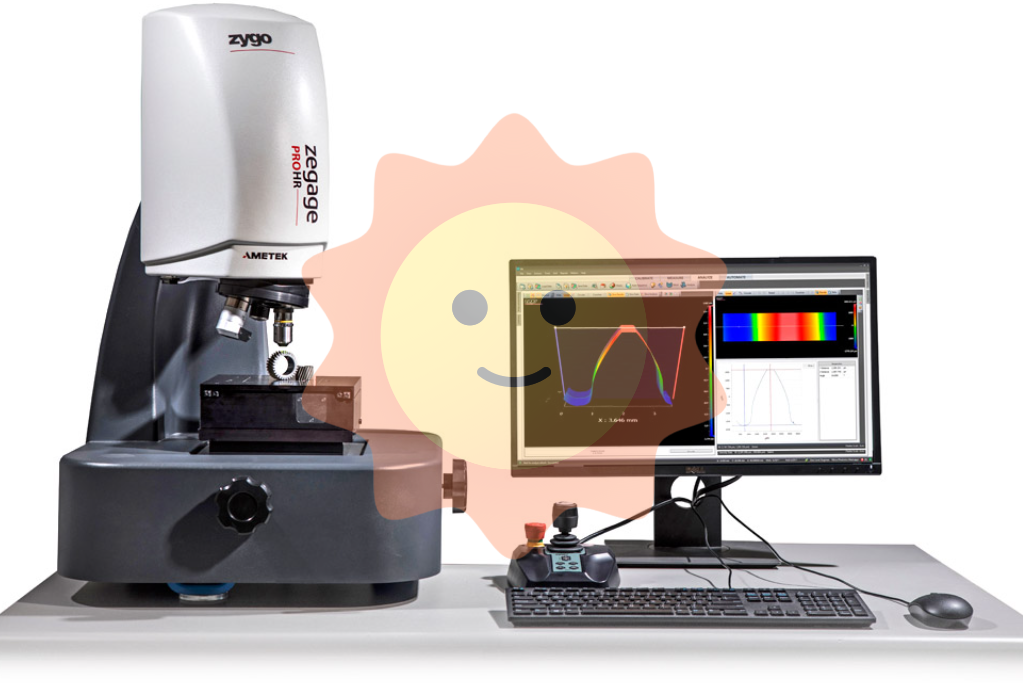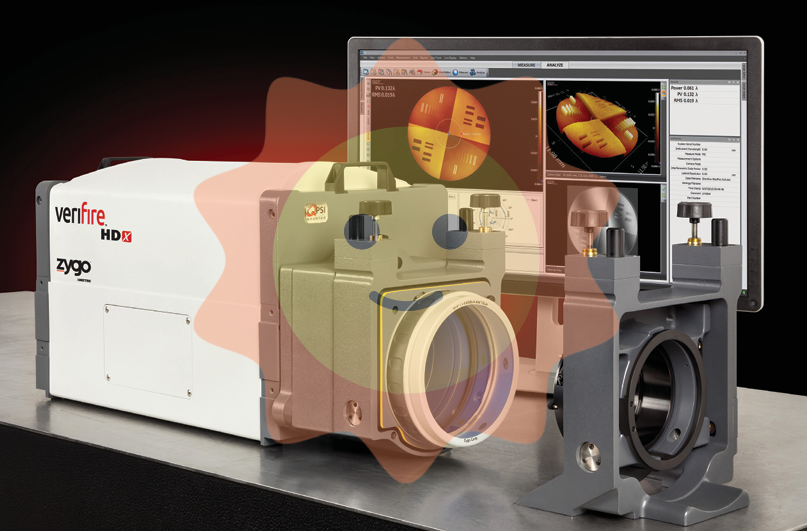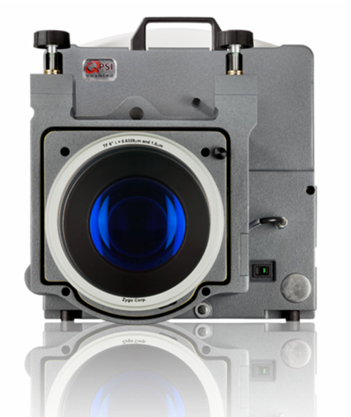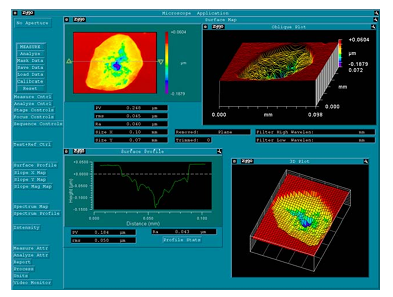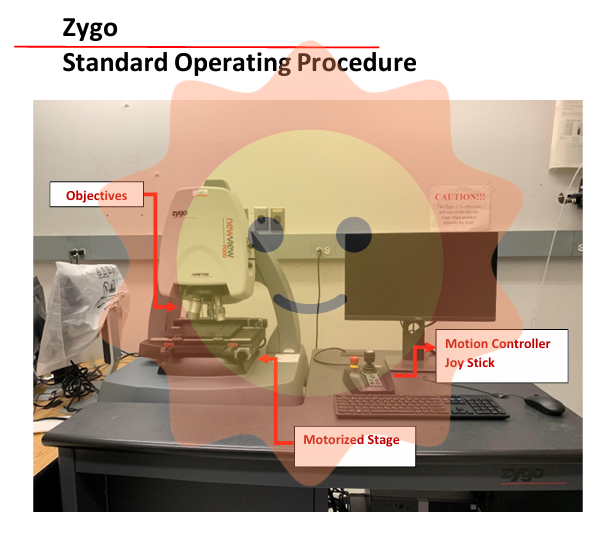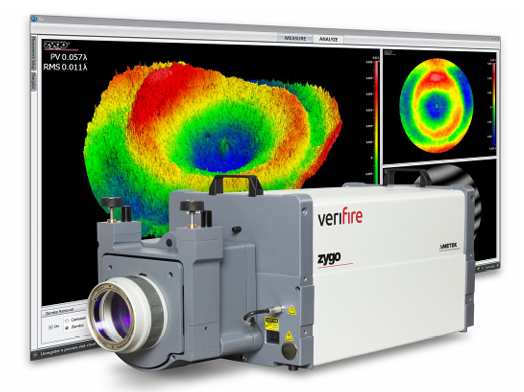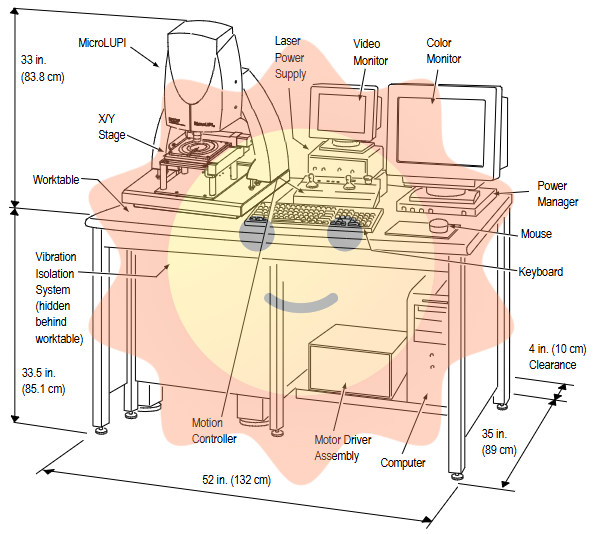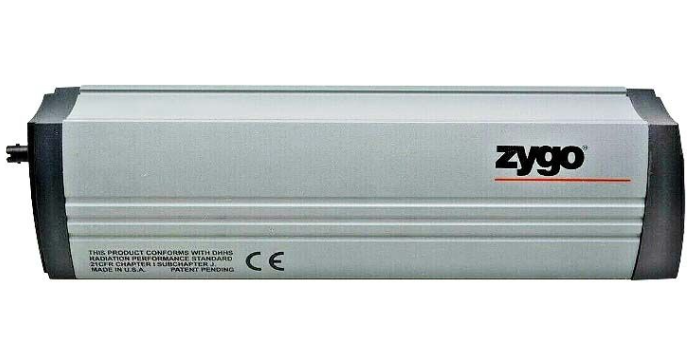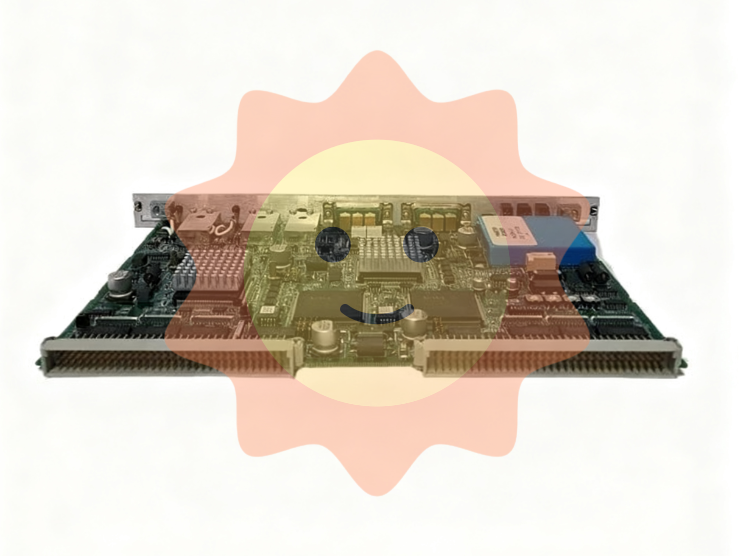ABB DSCS131 57310001-LM is a high-performance DS communication board designed specifically for industrial distributed control systems (DCS). Its core function is to serve as a "communication bridge" between controllers and external devices, enabling high-speed data exchange within DCS systems such as the ABB Freelance series, as well as with third-party devices. Its design focuses on communication stability and protocol compatibility, and can be seamlessly integrated into PLC and DCS control cabinets, providing reliable hardware support for instruction transmission and data acquisition in industrial automation systems. It is a key component to ensure the efficient operation of distributed control networks.
ABB DSCS131 57310001-LM DS Communication Board
Product core positioning
ABB DSCS131 57310001-LM is a high-performance DS communication board designed specifically for industrial distributed control systems (DCS). Its core function is to serve as a "communication bridge" between controllers and external devices, enabling high-speed data exchange within DCS systems such as the ABB Freelance series, as well as with third-party devices. Its design focuses on communication stability and protocol compatibility, and can be seamlessly integrated into PLC and DCS control cabinets, providing reliable hardware support for instruction transmission and data acquisition in industrial automation systems. It is a key component to ensure the efficient operation of distributed control networks.
Key technical parameters
Power supply specifications
Working voltage: 5V DC (on-board power supply, provided by the controller motherboard); Power consumption: ≤ 3W
Low power design to avoid additional power burden
Communication performance
Interface type: 1 Ethernet (RJ45), 2 RS-485; Communication protocol: compatible with Profinet, Modbus TCP/RTU, ABB dedicated DS protocol
Multi protocol adaptation to meet the communication needs of different devices
Transmission capability
Ethernet transmission rate: 10/100Mbps (adaptive); RS-485 transmission rate: 300bps-115200bps (adjustable)
High speed Ethernet adaptation for real-time control, RS-485 compatible with low-speed devices
Environmental adaptation
Working temperature: 0 ° C~+60 ° C; Storage temperature: -40 ° C~+85 ° C; Relative humidity: 5% -95% (no condensation)
Adapt to the standard environment of industrial control rooms and avoid extreme humidity
Physical specifications
Size: 120 × 80 × 15mm (standard board size); Installation method: onboard slot type (compatible with ABB standard controller chassis)
Compact board design saves space inside the control cabinet
Protection and Certification
Electromagnetic compatibility (EMC): compliant with IEC 61000-6-2 standard; Insulation strength: 1500V AC (input/output isolation)
Resist electromagnetic interference from industrial sites and ensure communication security
Core functions and product features
1. Multi protocol compatible communication capability
Full protocol coverage: Native support for ABB's dedicated DS protocol ensures seamless communication with controllers and I/O modules within the Freelance DCS system; Simultaneously compatible with mainstream industrial Profinet, Modbus TCP/RTU protocols, it can connect to third-party sensors, frequency converters, human-machine interfaces (HMI) and other devices, breaking down communication barriers between systems.
Dual interface redundancy design: equipped with Ethernet and RS-485 dual interfaces, Ethernet is used for high-speed and large-scale data transmission (such as real-time control instructions and batch data acquisition), RS-485 is used to connect low-speed and distributed terminal devices (such as field instruments), and the two interfaces work independently to improve communication link redundancy.
2. High stability and anti-interference design
Electrical isolation protection: Both Ethernet and RS-485 interfaces have independent electrical isolation functions, with an isolation strength of 1500V AC, which can effectively block common mode voltage interference between different devices, avoiding communication interruption or board damage caused by grounding differences and power fluctuations.
Data verification mechanism: Built in CRC cyclic redundancy check, frame check and other functions, automatically detect and discard erroneous data frames, ensure the integrity of transmitted data, and reduce data transmission error rates in complex industrial environments.
3. Usability and system adaptability
Plug and play integration: adopting a standardized onboard slot design, it can be directly inserted into ABB Freelance 2000/800F series controller chassis without additional wiring, automatically recognized by the system after power on, greatly reducing installation and debugging time.
Visual monitoring of status: onboard power supply, communication status indicator lights (such as Ethernet Link/ACT lights, RS-485 transceiver lights), real-time feedback of power supply status and data transmission status, making it easy for operation and maintenance personnel to quickly locate communication faults (such as loose interfaces, protocol mismatches).
Firmware upgradable: Supports online upgrading of board firmware through ABB Control Builder programming software, without the need to disassemble hardware to adapt to new communication protocols or fix known vulnerabilities, extending product lifecycle.
4. Industrial grade reliability assurance
Wide temperature stable operation: The working temperature range is from 0 ° C to 60 ° C, suitable for the common temperature fluctuation environment in industrial control rooms, to avoid the performance degradation or crash of the board caused by high temperature.
Durable materials and processes: Industrial grade PCB boards and surface mount components are used, which have anti vibration (in accordance with IEC 60068-2-6 standard) and anti impact capabilities, and can adapt to the mechanical vibration environment during factory equipment operation.
Typical application scenarios
Internal communication of ABB DCS system: In Freelance DCS systems in industries such as chemical and petrochemical, it serves as a communication carrier between controllers (such as AC 800F) and remote I/O modules (such as DSRF180A), and implements control command issuance and on-site data acquisition through the DS protocol to support real-time monitoring and adjustment of production lines.
Third party device access: In intelligent manufacturing production lines, PLC and HMI are connected through Modbus TCP protocol to achieve real-time display of production data (such as device operating status and output statistics); Alternatively, it can be connected to a frequency converter or servo drive through an RS-485 interface to transmit speed control commands.
Distributed data aggregation: In scenarios such as water treatment and electricity, as regional communication nodes, collect scattered sensor data (such as flow sensors and pressure sensors) and transmit it to the central monitoring system through Ethernet to achieve centralized management of multi-point data.
Old system upgrade: For industrial control systems that use traditional communication methods (such as point-to-point wiring), replace them with DSCS131 communication boards, simplify wiring structures through standardized protocols, improve communication efficiency, and be compatible with existing terminal devices, reducing upgrade costs.
Selection and Precautions
System compatibility confirmation: Priority should be given to adapting to ABB Freelance series controllers. Before selecting, it is necessary to confirm whether the controller model (such as AC 800F, AC 700F) supports the communication board, in order to avoid mismatches between the board and chassis slots or incompatible system firmware.
Communication requirement matching: Select interfaces and protocols based on the actual type of communication equipment - if high-speed and long-distance transmission (such as cross workshop data exchange) is required, Ethernet interfaces should be prioritized; If connecting close range, low-speed terminal devices (such as field instruments), RS-485 interface can be selected.
Wiring specifications: Ethernet is recommended to use Category 5e or above shielded twisted pair cables, with a transmission distance not exceeding 100 meters; RS-485 wiring needs to control a single segment distance of ≤ 1200 meters, and the terminal needs to be equipped with a 120 Ω matching resistor to reduce signal reflection interference.
Power and grounding requirements: Ensure that the controller motherboard provides stable 5V DC power supply with a ripple factor of ≤ 3%; The grounding of the board must be reliably connected to the system grounding grid, with a grounding resistance of ≤ 4 Ω, to enhance its ability to resist electromagnetic interference.
Environmental protection: If the installation environment has high humidity (such as food processing workshops) and high dust (such as metallurgical plants), the controller chassis should be equipped with an IP54 or higher protection level shell to prevent water vapor and dust from entering the chassis and causing board short circuits or component oxidation.
Spare parts and warranty: Choose ABB original products to ensure that the board comes with a unique serial number and factory inspection report. The original warranty period is usually 1 year, which can avoid compatibility risks and quality hazards of non original products.
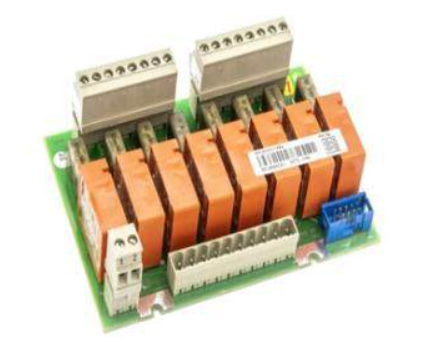
- User name Member Level Quantity Specification Purchase Date
- Satisfaction :
-









Email:wang@kongjiangauto.com

